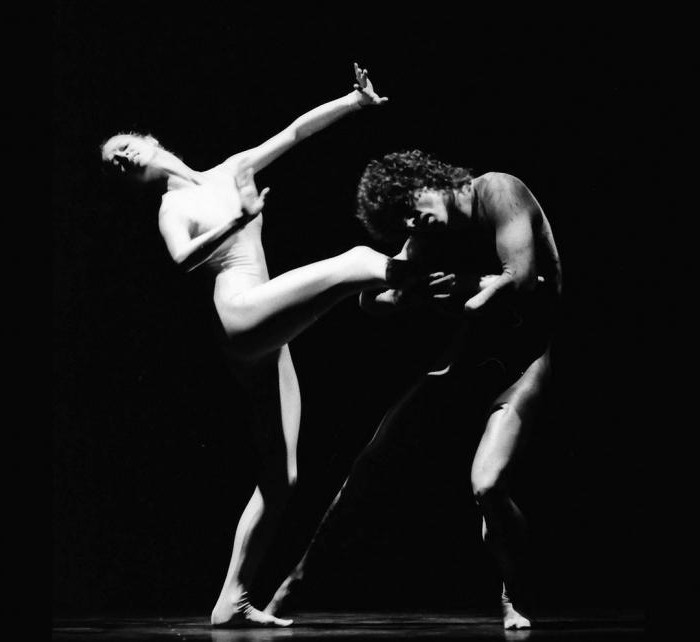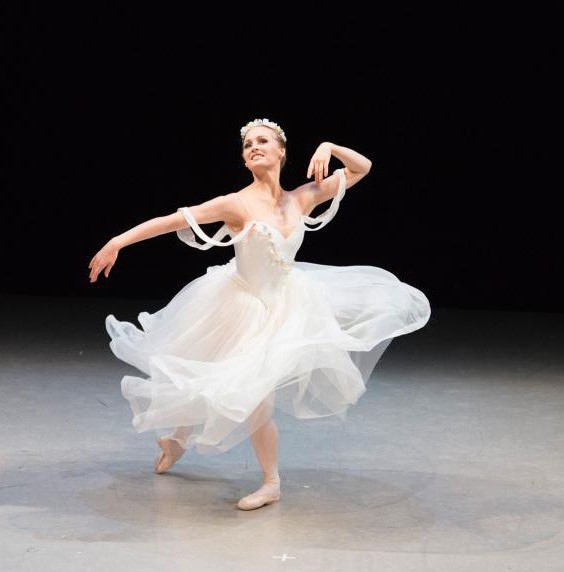The distant 1966 was marked by such a striking event in Russian ballet art and cultural life as the creation of a unique and one of a kind ballet theater - now the St. Petersburg State Ballet Theater named after L. Jacobson. For the first time in the history of theatrical art, the ballet troupe was isolated from the opera collective and still exists today.
From the history of the theater
People's Artist of the USSR Pyotr Gusev was the head of the ballet troupe for the first three years, after which the theater was headed by the Honored Artist of the RSFSR, the outstanding ballet master Leonid Yakobson. A lot has changed since his arrival: the troupe was updated, and the team received a new name. The Jacobson Ballet Theater began to bear the name "Choreographic Miniatures" and was located in a low and small room on the first floor. The troupe consisted mainly of visiting artists unknown to the public and trained in ballet art, far from the best schools in the country.
The fate of the artist
Walking along his creative path, Jacobson always felt opposition and rejection from the authorities. Having put his whole life into an idea, he did not abandon attempts to prove that in addition to classical ballet with its approved canons and norms, there are other forms of embodiment of expressive art. Proponents of academism feared that Jacobson’s free thinking and innovative approach could undermine the prevailing classical foundations for years, and therefore all his activities took place against the backdrop of an ongoing struggle, despite full recognition from the audience and the love of artists. Opponents of his work could not allow his free imagination to penetrate and take root in classical ballet.

Jacobson cherished the hopes of going on tour for a long time: he wanted to present his works to the world, but these plans were not destined to come true for a long time. Existing in the Soviet Union under the yoke of the authorities, Jacobson’s ballet got the opportunity to cross the border of the RSFSR only after years, and only then for a trip to one of the union republics. A contemporary of George Balanchine, Jacobson was no less brilliant than he, and perhaps more, because, unlike Balanchine, he lived and worked in spite of many circumstances that overshadowed his career.
The birth of masterpieces
The work, which took place in conditions of ongoing conflicts with officials and disputes with commissions for the right to show performances, was unbearable for such a brilliant artist as Jacobson was. The ballet that he created was truly unique. Jacobson often improvised while working. Thinly feeling the music, he easily embodied in movement every musical phrase that came from the pen of any composer. For him there were no closed, inaccessible themes and works for which he could not undertake and which he could not present in his dance sketches. He sincerely loved his creations and always created them for a particular artist, taking into account his personality and thus opening up the abyss of talent even in the most ordinary dancers who did not pass the classical school. His choreography was able to turn the performers of musical paintings into the stars of the stage, whose success could not be repeated even by the most experienced ballet dancers. Jacobson was always demanding of himself and his performers, not understanding, and not allowing for any indulgence or work not with full dedication and zeal.

Ballet as a form of embodiment of life
Jacobson's ballet had its own unique features. For example, his choreography implied movement to each new musical sound, which required considerable work and skill from artists who were forced to react unusually soon to a change in melody and maintain a fast pace of the dance. Jacobson carefully thought out every gesture and pose of the dancer, fashioning his paintings on stage during rehearsals and breathing life into them, which his followers still cannot adequately repeat. One of the best productions of Jacobson can be attributed to such works as "The Wedding Procession", "Roden", "Spartacus", "Bedbug".
Continuity
After the maestro passed away, in 1976, Jacobson’s ballet was transferred to the USSR People’s Artist, USSR State Prize laureate, Askold Makarov. Before, it was one of the artists who performed the main heroic parts in the miniatures of Jacobson. For more than twenty years Makarov stood at the head of the ballet troupe, preserving the traditions and memory of his outstanding predecessor, however, it was during this period of time that the theater’s repertoire was revived with the first classical productions: Swan Lake and Giselle. The artistic director of the Jacobson ballet was subsequently replaced twice more: in 2001, he became Yuri Petukhov, and from 2011 - Andrian Fadeev. The ideological orientation of the Jacobson ballet has changed significantly by now. Now the theater has three goals in front of itself, which was not during the lifetime of its founder and inspirer, and these goals are to maintain the artistic heritage of Jacobson, expand the repertoire of the troupe and harmonious introduction to classical ballet.

Classic appeal
Famous masterpieces of academic ballet are now not disregarded in the Jacobson Theater. The ballet Swan Lake, popular all over the world, has become a real gem among the troupe's productions. The premiere of the new performance took place in June 2015. Vyacheslav Okunev, a talented theater artist, worked on a new bright stage design. Paying tribute to the Russian classical ballet art, the troupe took up this work, presenting it in a version close to the original: the ballet was staged to the music of Pyotr Ilyich Tchaikovsky, and it also retained the choreography of Marius Petipa, but there is some innovation that has always been characteristic of ballet Jacobson. Swan Lake is an updated version of the academic work.
The best performances in the history of the theater
Inspired by Rodin 's sculptures, Jacobson created many choreographic paintings such as Minotaur and Nymph, Eternal Idol, Kiss, Despair, Paolo and Francesca, Eternal Spring, and some of them were subsequently brutally attacked. by Soviet censorship. The maestro and his artists literally had to ask permission to show their numbers. Jacobson’s genre miniatures are imbued with special liveliness and expressiveness: “Snow Maiden”, “Village Don Giovanni”, “Vienna Waltz”, “Baba Yaga” - this list can be continued further, because it was filled with the inexhaustible imagination of the brilliant artist.
A special mention deserves the “Swan” by Jacobson - a musical miniature composed by him based on the motif of the famous work of Camille Saint-Saens. In it, a swan appears as a ballerina dressed in black, and performing her part in a very unusual way.